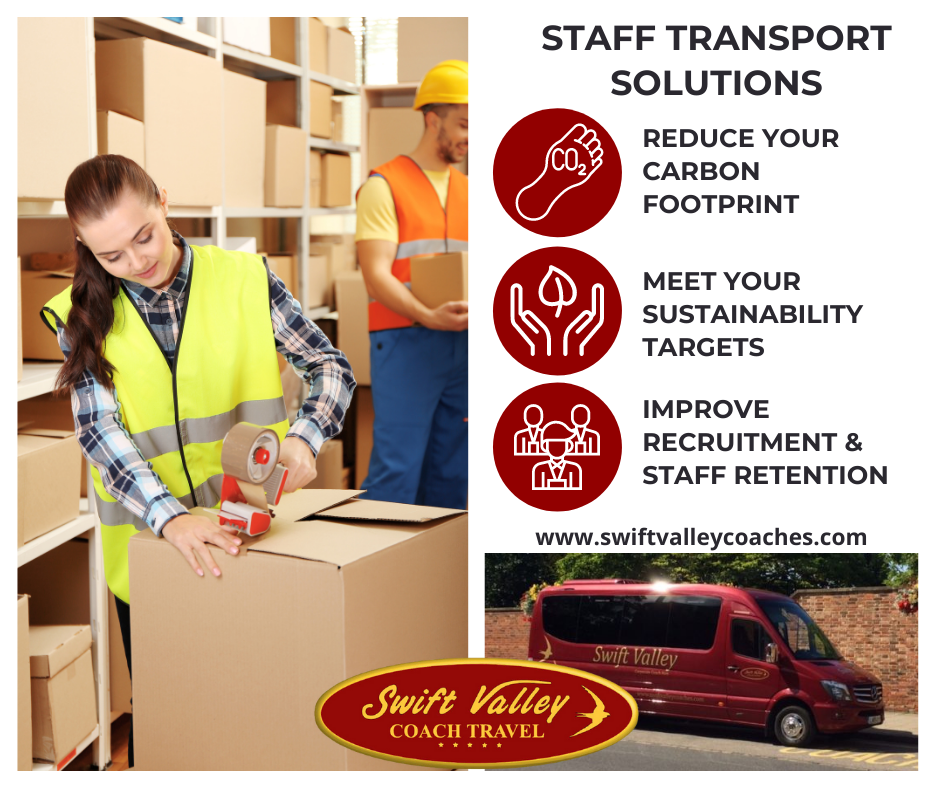20 Great Facts For Picking Employee Shuttle Websites
20 Great Facts For Picking Employee Shuttle Websites
Blog Article
Ten Top Tips For Estimating The Cost And Budgeting For Employee Shuttle Transportation
Here are 10 top strategies to budget and save money on employee shuttles:
1. Conduct a comprehensive cost analysis
To begin, perform a cost analysis for your total shuttle service. It should include all direct expenses, including car purchases, rental or leasing costs along with operating costs like fuel and maintenance costs. Understanding the total cost range will provide an idea of the budget required to run an effective shuttle.
2. Establish Clear Budget Goals
Create budget objectives that are built on cost analysis. Consider how much your business is willing to spend on shuttle transportation and establish KPIs for key performance indicators (KPIs) to gauge the effectiveness of the service. These KPIs may include the satisfaction of employees, the rate of usage as well as overall effectiveness. Clear goals will help to determine how much money is spent and the allocation of resources.
3. Explore the possibilities of financing
Consider all possible sources of funding to fund your shuttle service. These funding sources could be company funding, grants, or agreements with local authorities. Understanding financing options could aid in easing financial burdens or enable greater service offerings.
4. Prioritize Vehicle Options that Offer the Best Value
When selecting vehicles that will be used for shuttle service, select the most affordable option that balances initial purchase costs with operational costs. Be aware of things like the efficiency of your fuel, vehicle reliability, and maintenance requirements. You can lower your initial costs by choosing to lease or purchase used vehicles that are in good working order.
5. Create a Dynamic Pricing Model
Think about a dynamic approach to the cost of shuttle service. A small cost could be charged for shuttle services, assisting to offset the operational costs. Offering a tiered pricing structure based on usage may encourage more employees to utilize the service, while also contributing to the budget.
6. Cost Management Utilize technology
Make use of technology to improve efficiency and decrease costs. Fleet management is able to track consumption of fuel and track vehicle maintenance. They can also optimize routes. GPS tracking can improve scheduling and cut down on the amount of idle time. This can reduce costs for fuel. Technology may be expensive at first however it will reduce your expenses over time.
7. Monitor and control operating costs
Regularly review operational costs to identify areas where expenses can be reduced. Costs for maintenance, fuel consumption and overtime for drivers should be carefully monitored. Adopting strict fuel management strategies including encouraging eco-friendly driving habits, could result in savings. Schedule quarterly or monthly review to ensure that the shuttle service is within budget.
8. Engage employees in cost-saving strategies
Encourage employees' participation in cost saving initiatives related shuttle transport. This could include promoting the practice of carpooling among employees, or rewarding people who take the shuttle regularly. Engagement of employees can not only improve a sense ownership but also result in an increase in the number of people who use the shuttle.
9. Plan contingencies for the future
Include a contingency fund in your budgeting to account for unexpected costs. Shuttle services can encounter unforeseen costs, including emergencies or changes in fuel prices. A small percentage of budget can be set aside for contingencies. This will provide the service an insurance policy and will allow it to continue running without a hitch.
10. Regularly Evaluate and Adjust Your Budget
Last, adjust and evaluate the budget in accordance with the actual results. Ask employees for feedback on their experiences and satisfaction with the shuttle service. Regular assessments will help to identify trends in transportation requirements and allow for timely adjustments to budgets to maximize the allocation of resources.
These tips will help organizations to manage their costs efficiently and develop a budget that can be sustainable to cover employee shuttles which will ultimately increase the efficiency of the service and employee satisfaction. Follow the best employee transportation info for more tips including transportation car service, transport to the airport, dallas airport shuttle, shuttle bus near me, bus shuttle service, private transportation from atlanta airport, transport to the airport, shuttle transportation to airport, dallas airport shuttle to hotels, bus shuttle service and more.
Ten Top Tips About The Options For Vehicles And Capacities Of A Corporate Transportation Service
Here are 10 top suggestions to help you select the right car for your transportation needs for your event:
1. Evaluate Event Attendance Estimates
In the beginning, determine the number of attendees at the event. You can do so by analyzing the data on registrations, RSVPs and attendance records. Knowing the expected number of participants helps determine the capacity of the transport needed, and helps with plan of travel.
2. Pick the best vehicle for your needs
The kind of vehicle you choose will be based on the expected attendees and the type of event. Shuttles and buses with many seats are great for large parties. For smaller parties or VIP guests, luxury vans or sedans may be more suitable. The availability of a variety of vehicles ensures all attendees will be comfortable and well-traveled.
3. Think about your accessibility requirements
Check that the chosen vehicles are accessible to everyone as well as people with disabilities. It could be necessary to select vehicles with wheelchair lifts or low entry. Incorporating transportation options is not just a matter of compliance with law as it improves everyone's experience.
4. Plan for Multiple Pickup Sites
If attendees are coming from different locations, make plans for several pickup locations to make travel more convenient. This can include central locations like airports, hotels, or even public transport hubs. By accommodating different pickup points it is possible to increase attendance and decrease logistical hurdles.
5. Make use of a Reservation System
Consider using a reservation system to control transportation services. The system allows participants to book their seats well in advance. This helps ensure that the that vehicles are fully filled and reduces the risk of congestion. A reservation system will allow you to modify the capacity of your vehicle according to the demand.
6. Optimize Routes to Increase Efficiency
Plan the best routes to ensure you get to and from your destination on time. Study traffic patterns and possible bottlenecks to create optimal paths for the vehicles. The use of software for route optimization will help you identify the best routes to reduce travel time.
7. On-Demand Transportation Services
Think about offering on-demand shuttle services for big events. The attendees can request transport whenever they wish. This can be especially helpful in events that run for more than a few days or have several timeslots. On-demand transportation options allow for more flexibility and ensure that attendees are able to travel when required.
8. Monitor the capacity of your vehicle
Keep track during the event of capacity for the vehicle. It is crucial to know how many shuttles are filled. This information can be utilized to make swift and accurate adjustments. Monitoring capacity after an event is also useful in the future planning of transportation.
9. Transport Information Must Be Communicated In a clear manner
Communication of transportation details is essential to the attendees. Inform attendees of the pick-up locations, schedules and vehicle types. Use of multiple communication channels (emails and printed materials, event apps) can ensure participants are informed about their transportation choices.
10. Get feedback from customers to improve future Services
Gather feedback from the guests about their transportation experience after the event. It could be related to vehicle comfort and timeliness and overall satisfaction. The feedback is used to identify what went well, and what could be improved for future corporate events. It also allows for better capacity and vehicle planning.
With these suggestions companies can efficiently manage their capacity and choose the right vehicle options for corporate event transport, ensuring every guest has a satisfying and smooth experience. The process of planning and organizing the event properly can improve the overall outcome and build an image of positivity for the business. Check out the top https://www.swoopapp.com/solutions/event-transportation-service/ for website tips including logistics transportation, transport manager job, global logistics company, trailering services, globe transport, managed logistics, us transport, manager transport, globe transport, managed logistics and more.